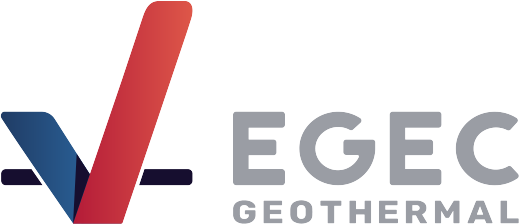Knowledge Base
The story of SAPHEA is structured around a comprehensive suite of deliverables, each one a building block in the project’s mission to accelerate market uptake. It begins with the foundation, where the project establishes its data backbone. A detailed Data Management Plan ensures that every dataset, tool, and result is managed transparently and shared openly. Simultaneously, the consortium conducted a deep dive into current market conditions in Europe, resulting in a Status Report on Key Market Drivers, which reveals both the promise and the challenges of geo-based heating and cooling technologies.
From this strategic base, the project moves into exploration and mapping. The Scenario Catalogue introduces a wide spectrum of technical options for geothermal district heating and cooling (geoDHC), ranging from shallow to deep systems, each contextualized with real-world examples. These are supported by the Catalogue of Spatial Datasets, which offers planners and decision-makers a geographic lens through which to assess regional geothermal potential—vital for early investment planning.
SAPHEA goes further by tackling the financial and business dimensions of geothermal integration. In its Status Report on Business Models, the project documents traditional structures like PPPs as well as newer models involving energy communities and decoupled infrastructure ownership. This is complemented by a pan-European Mapping of Financial Instruments and an insightful Guide on Financing GeoDHC, which translates complex financing pathways into practical guidance for municipalities and utilities. Blueprints for Business Models bring these concepts to life, showing how others have structured successful projects across Europe.
The narrative then turns to policy and society, recognizing that technology and finance alone won’t bring geothermal systems to life. The Status Report on Regulatory and Policy Frameworks outlines the legislative hurdles facing geoDHC expansion, while a parallel report focuses on Socio-Environmental Conditions—public perceptions, environmental impacts, and stakeholder dynamics. All of this feeds into SAPHEA’s Science-to-Policy Report, which delivers a set of actionable recommendations for regulators and policy-makers to streamline permitting processes and create supportive frameworks for uptake.
From early on, stakeholders have been involved through workshops and consultations, captured in the Summary Report on Early Stakeholder Interaction. Their input helped co-create the SAPHEA Market Uptake Hub, a digital space where all resources—data, maps, models, and decision-support tools—come together in one intuitive interface. Within the Hub, users find tailored toolboxes and even an interactive Gamebook: a decision-making companion that walks users through investment scenarios, policy options, and stakeholder strategies in an engaging, step-by-step format.
🏆 How These Deliverables Work Together
This suite of deliverables equips stakeholders—from policy makers to operators—with:
Interactive Tools & Engagement to guide them step‑by‑step from planning to implementation.
Data & Scenarios to understand where and how geothermal fits locally.
Business & Financing Models to structure viable, low-risk investment schemes.
Policy & Social Frameworks to clear legal hurdles and secure public buy‑in.
Literature repository
The literature used for preparation of SAPHEAs deliverables is collected in a free accessible Zotero library. On this page we provide the complete publication list, the full library is accessable via the following link:
Link to SAPHEAs Group library on Zotero
- All
- Video
- News
- Newsletter
- Event
- Report
SAPHEAs results and deliverables
















